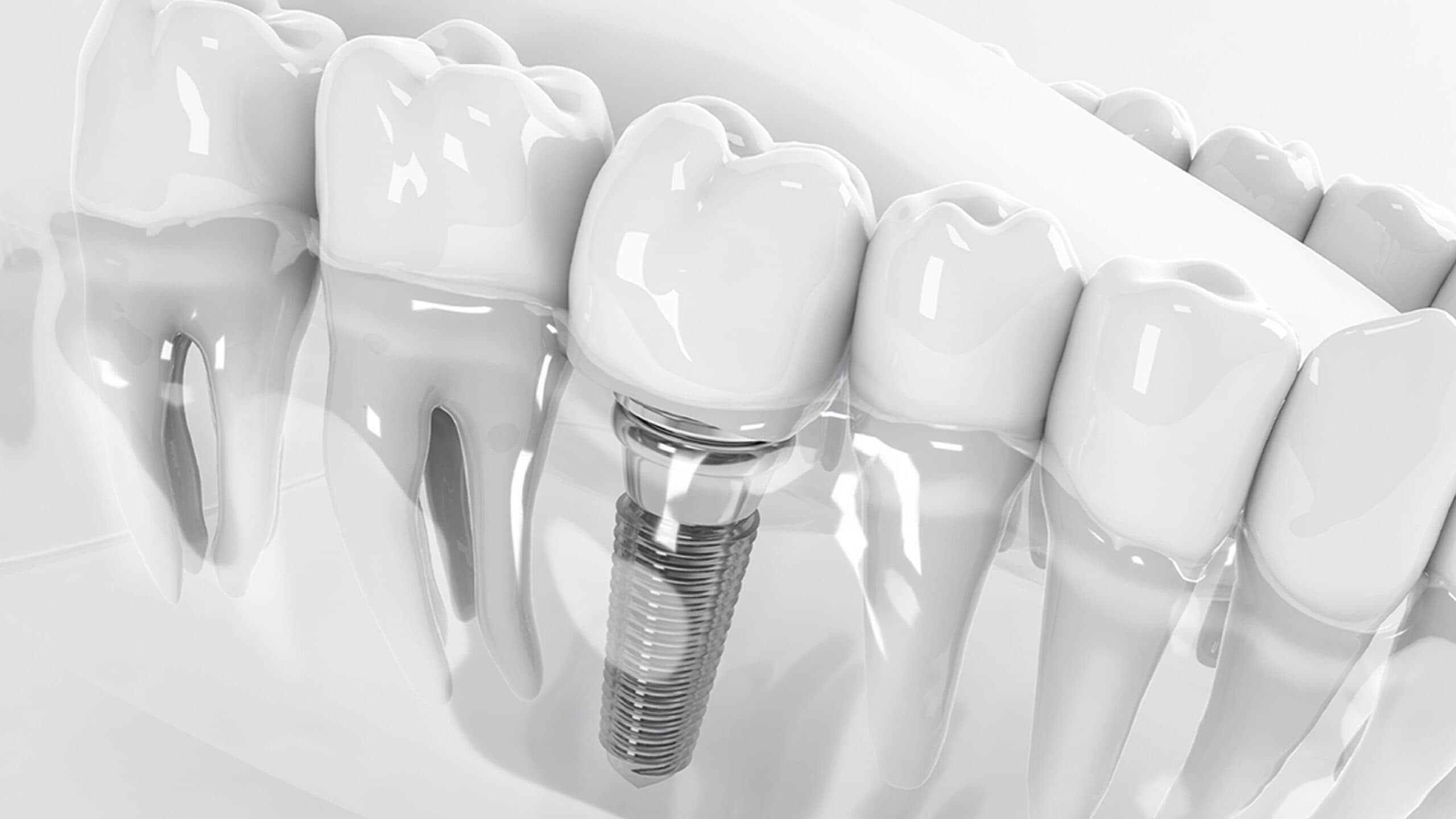Step-by-Step Guide to the Dental Implant Procedures in Dubai
Aug 9, 2024

Losing one or more teeth is no longer the significant issue it once was some decades ago. With daily technological advancements, restoring lost teeth has become as easy as growing a plant in your garden. Among the available dental treatments, dental implants shine the brightest as the only available permanent solution.
An artificial root that replaces your lost one, a dental implant is a type of restoration that offers extreme durability while regaining a healthy and beautiful smile. It has become one of the most popular choices for replacing your lost natural pearls with artificial teeth that function and look the same. It is considered to offer the most durable performance compared to other dental procedures that replace natural teeth.
Making Up Your Mind: Is An Implant The Right Treatment For You?

You might have heard about the tooth implant process from someone you know or through an advertisement. Now, you might think that this method, which offers both a natural appearance and durability, is the perfect one to have an artificial tooth replace your lost one. But hold up, as not every patient is treated the same way. Otherwise, there would be no need for doctors who specialize in figuring out your specific needs.
Visit your dentist and ask them about the implant treatment and figure out whether you are a suitable candidate or not. Only dental specialists can determine if this treatment is right for your condition. They’ll also explain why it is or is not the perfect solution for your situation.
Since there are a few different variations of teeth implants, picking the most suitable type of implants is up to the specialist to decide.
What Types of Implant Are There?

Dental implants come in a few different types, each designed to meet specific patient needs. The three main types are endosteal, subperiosteal, and zygomatic implants. Endosteal is the most popular type due to its versatility and high success rate among patients with different requirements.
A Thorough Look Into Dental Implant Procedures in Dubai

As the founder of one of the most successful dental clinics in Dubai, I, Dr. Nabil Mockbil, will detail the exact dental implant procedures in Dubai throughout the rest of this blog. We’ll be looking into the dental implant surgery steps of an endosteal implant operation. I’ll explain the exact steps that oral surgeons follow while performing this surgery. Through these detailed steps, you, as a reader, will be able to understand the entire process responsible for restoring a functional and confident smile.
1- First Step Towards a New Smile: Initial Consultation, Exam & Assessment
For a doctor, understanding what they’re working with is the first and foremost step in any type of treatment. That is why the dentist will thoroughly examine the teeth, gums, and general oral health before initiating any dental implant procedures. During this consultation, they will suggest the most suitable type of implant based on your dental structure and mouth anatomy. This can include assessing the jaw bone density, whether the patient has any oral infections or diseases such as gum disease, and other general factors such as overall health conditions, age, and medical history. If everything goes well, the dentist will coordinate the date and time to begin the implant surgery steps.
What if The Patient Has Insufficient Bone?
In some cases, the patient could have some type of condition that results in bone loss in the jaw bone. This makes fixing an implant into this thin bone layer an impossible procedure without the help of bone grafting. Grafting is a surgical procedure where a doctor utilizes transplanted bone to rebuild thin bone parts. Regaining jawbone density enables patients to undergo dental implants again.
Healing time varies from patient to patient and depends on the extent of bone loss. Generally speaking, the grafting healing process can take anywhere from 3 to 9 months according to the size of the graft and the individual’s healing capacity.
Other Scenarios Where The Patient Has Special Requirements
In this case, the dental specialist can resort to other types of implant such as the subperiosteal and zygomatic that we already have mentioned. These two are surely viable options in specific conditions such as insufficient bone density with medical conditions that prevent the patient from getting a bone graft. While it is very rare, these options can still be implemented in such cases.
In extremely rare scenarios, the patient might not be suitable to get an implant. This is where the dentist will look into other options to treat the lost tooth such as dental bridges or dentures.
2- Building the Foundations: Placing Your New Implants
During this first surgical procedure, the doctor will use local anesthesia or sedation to numb the area of the implant placement. The second step includes making an incision within the gum tissue where the implant must be placed. After the jawbone is exposed, a small hole is drilled into the bone to create a space for the titanium implant.
The oral surgeon then inserts the titanium post into the bone and carefully tightens it into its place. The surgeon will then close back the gum and stitch it to protect the post as it fuses with the jawbone. This process is called osseointegration and it usually takes a few months to completely heal and fully integrate with the jawbone. The dentist is likely to prescribe counter-pain medication during the first phase of the healing as it could be somewhat painful after the sedation is over.
3- Healing & Bonding: Waiting for the Osseointegration
Prioritizing post-operative care and committing to the treatment plan are the main keys to guaranteeing proper healing and having the best dental implant process results. In this phase, the patient must abide by every little piece of instruction that the specialist will give. These post-surgery care instructions might be a bit harsh, but it’s all to guarantee the greatest results.
Osseointegration is essential for the long-term stability and success of the dental implant. That is why the patient must do whatever their dentist might ask to ensure successful osseointegration.
Generally, taking good care of oral hygiene during this period, in addition to conforming to the diet that the specialist suggests is a crucial step to having a successful recovery within the least possible time.
4- Connecting the Dots: Fixing the Crowns to The Implants
After osseointegration is complete and the jawbone has fully healed, the stable foundation of the new replacement tooth is established. The oral surgeon can install the abutment, which is the connecting piece between the titanium post and crown. After the abutment placement, the dental implant specialist usually allows some time for the gum tissue to heal before placing a temporary crown.
A custom-made crown is a specifically made tooth-shaped cap that gets fixed on top of the abutment using a screw or a special cement to hold it down securely in place. The temporary crown shields the implant and abutment from damage and improves the appearance of the smile while waiting for the permanent crown. It normally does not require another healing period, but a brief adjustment period might be required as the patient gets used to their new artificial tooth.
5- Your Fully Functional Pearls Have Been Restored
And there you have it, the dental implant procedures in Dubai have been completed and your missing teeth have been successfully replaced. You can now enjoy all your activities with confidence as your set of teeth is complete again.
Don't Forget to Consult Your Doctor!

Being a specialized dentist myself, and with the extensive experience I’ve built over the years, I encourage any reader who might be thinking of getting this type of dental surgery to consult with their dentist first. Each person has different specifications and requirements and therefore needs personalized advice.
As for proper dental care, it shouldn’t just be tied with whenever you are having discomfort or undergoing an operation. You should always take care of your precious teeth as the more care you provide the longer they’ll be able to serve you as valuable assets.
Another vital piece of advice is to get regular dental check-ups. As simple as they are, they contribute significantly to identifying oral issues in the early stages. Regular professional cleanings also offer the same benefits as the dentist gets to thoroughly examine your entire mouth and maintain a healthy radiant smile.

Dr. Nabil Mockbil, DDS, BDS
Dr. Nabil Mockbil is the head of Swedish Dental Clinic and one of the most experienced orthodontists in Dubai. By demonstrating incredible skills and embracing a kind attitude, he's proven to be not just a brilliant dentist, but someone you can fully trust with your smile. With 20+ years of experience under his belt and a warm smile on his face, you're search for the best orthodontist in Dubai ends with him.




